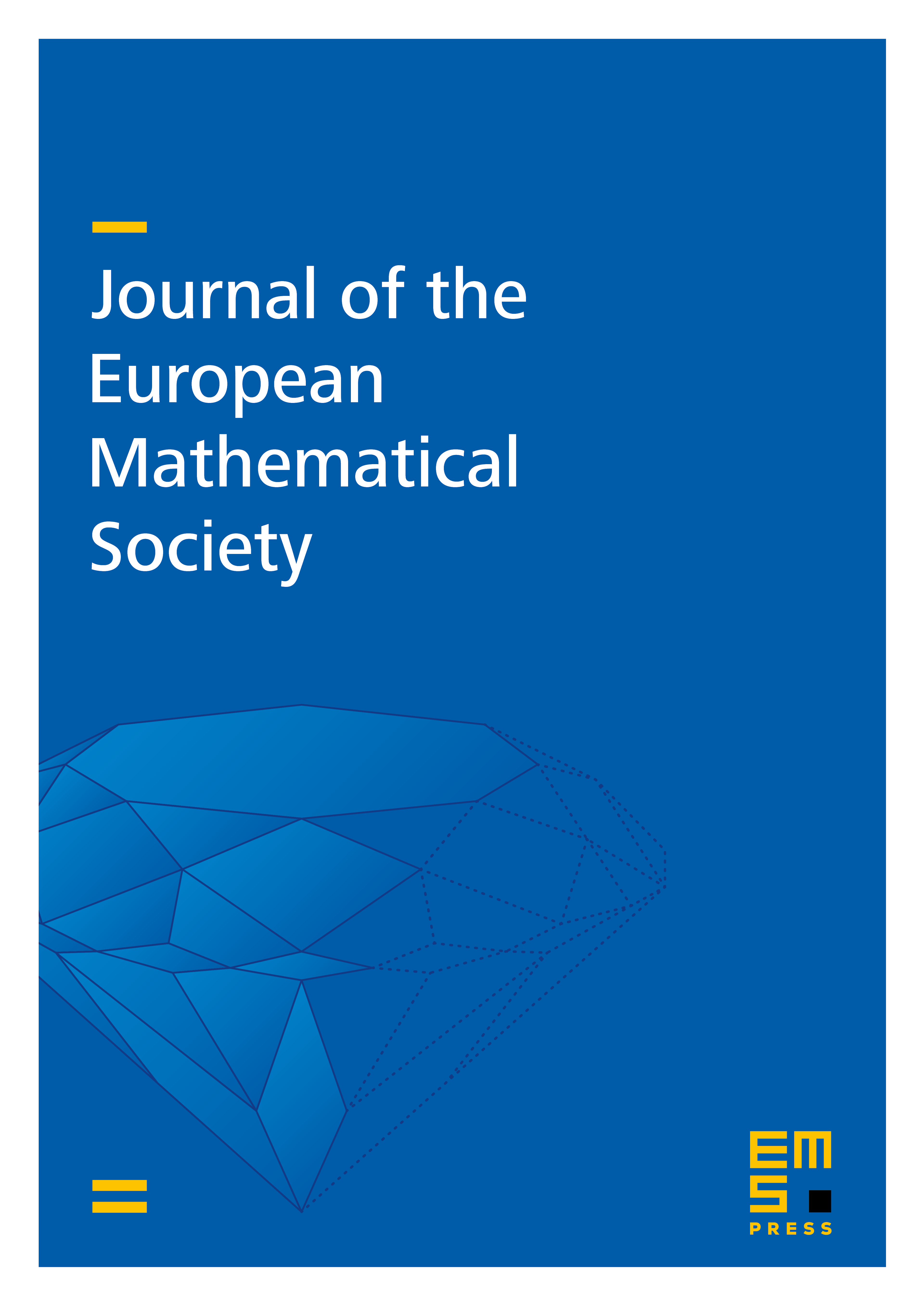Chemotaxis and reactions in biology
Alexander Kiselev
Duke University, Durham, USAFedor Nazarov
Kent State University, USALenya Ryzhik
Stanford University, USAYao Yao
Georgia Institute of Technology, Atlanta, USA

Abstract
Chemotaxis plays a crucial role in a variety of processes in biology and ecology. Quite often it acts to improve efficiency of biological reactions. One example is the immune system signalling, where infected tissues release chemokines attracting monocytes to fight invading bacteria. Another example is reproduction, where eggs release pheromones that attract sperm. A macro scale example is flower scent appealing to pollinators. In this paper we consider a system of PDEs designed to model such processes. Our interest is to quantify the effect of chemotaxis on reaction rates compared to pure reaction-diffusion. We limit consideration to surface chemotaxis, which is well motivated from the point of view of many applications. Our results provide the first insight into situations where chemotaxis can be crucial for reaction success, and where its effect is likely to be limited. The proofs are based on new analytical tools; a significant part of the paper is dedicated to building up the linear machinery that can be useful in more general settings. In particular, we establish precise estimates on the rates of convergence to the ground state for a class of Fokker– Planck operators with potentials that grow at a logarithmic rate at infinity. These estimates are made possible by a new sharp weak weighted Poincaré inequality.
Cite this article
Alexander Kiselev, Fedor Nazarov, Lenya Ryzhik, Yao Yao, Chemotaxis and reactions in biology. J. Eur. Math. Soc. 25 (2023), no. 7, pp. 2641–2696
DOI 10.4171/JEMS/1247